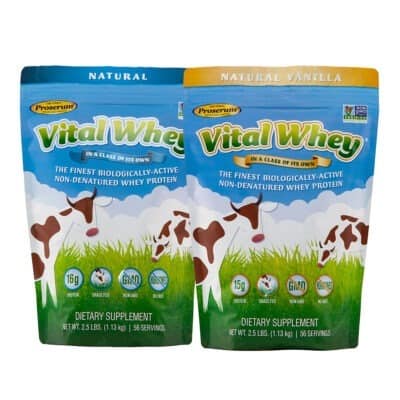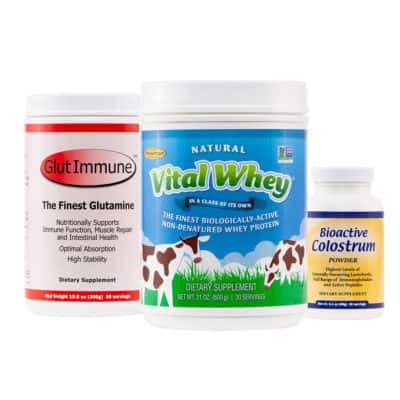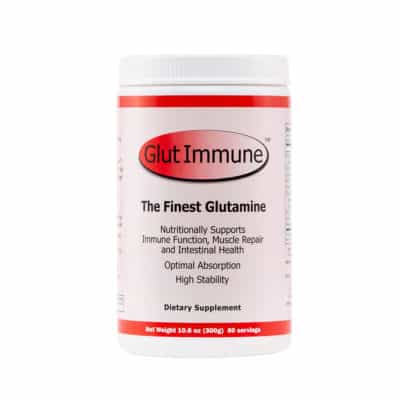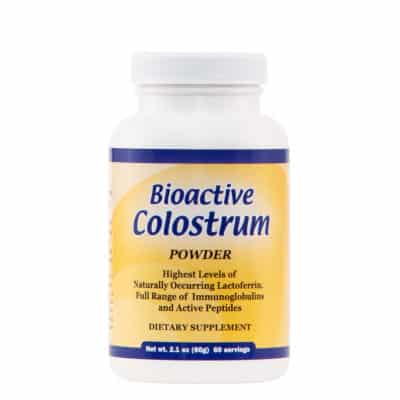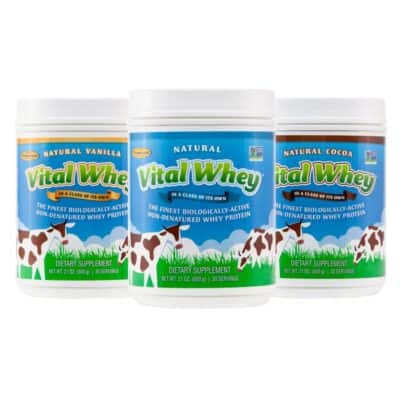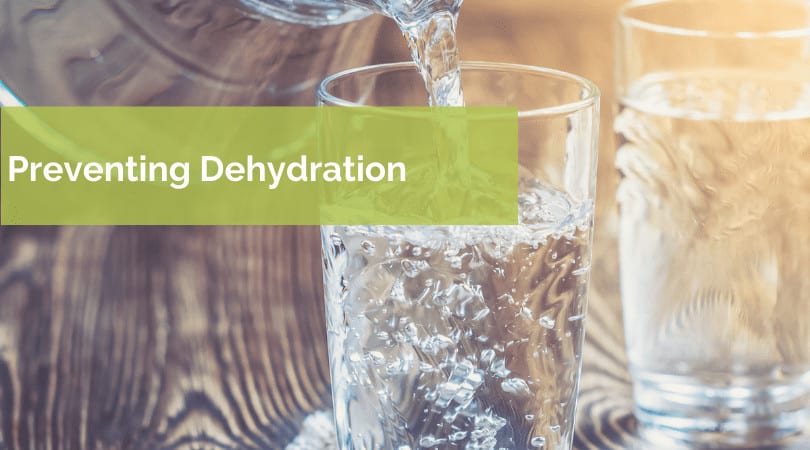
Dehydration Prevention: Tips to Survive the Summer Heat
Maintaining adequate hydration is one of the most important components of health. Afterall your body is about 60% water. Maintaining adequate hydration is the best way to power your brain, give you energy, and help your body clear out toxins naturally.
To prevent dehydration, a typical person should drink at least 8 cups of water/fluids per day, maybe more if you are physically active or in a hot climate.
Drinking the right amount of fluids on any given day is crucial to daily function, but its importance increases significantly on a hot summer day.
Warning signs of dehydration
How can you tell if you are dehydrated? There are several potential signs to look out for.
- Increased body temperature
- Increased pulse or rate of breathing
- Thirst
- Flushed or dry skin
- Fatigue or decreased tolerance to normal activity
- Decreased exercise capability
- Increased concentration or smell of urine (Color of apple juice or darker)
Once you start experiencing these signs, it’s important to pay attention and drink water. If not, dehydration can become severe.
Some of the signs of severe dehydration include:
- Headache
- Dizziness
- Significant weakness
- Labored breathing
- Cramping or muscle aches
Once dehydration becomes severe, you may need medical treatment to rehydrate. This is why it’s critical to understand the situations when dehydration can become a concern.
Common reasons for dehydration
A person can become dehydrated for many reasons. Someone can get dehydrated even without large amounts of perspiration. Spending the day poolside, in a lake, at a shaded park with a breeze, or even in the snow can lead to dehydration if they are not replenishing fluids properly.
For people who exercise regularly, work in hard labor such as construction, or even compete at an athletic level, losing even 2% of your weight through sweat can result in decreased performance. This can happen quickly if you are exercising outside and you might become dehydrated before you even know it.
This is why someone engaging in heavy physical activity should start their routine off well hydrated.
Situations that may increase your fluid loss through sweat
There are many other situations that may increase your fluid loss through sweat. If you fall into any of these categories, you may want to pay close attention to your hydration status.
- Body Size and Gender: Larger people sweat more. Men tend to sweat more than women.
- Climate/Room Temperature: Higher temperature will lead to more sweat loss.
- Activity/Duration: The harder or longer you exercise, the more you will sweat.
- Fitness: A person who exercises regularly will sweat more than someone who doesn’t. People who are more active have trained their body to sweat more in order to better cool themselves down during activity. Therefore hydration before and after is especially key to help with performance and recovery.
- Being sick: Fever/diarrhea/colds will lead a person to run a hotter body temperature (leading to increased perspiration) along with an increased amount of bowel or mucosal output. Keeping proper hydration will allow the body to support immune response and recovery in order for you to get better.
To prevent severe dehydration, if you are sick or sweating a lot, be sure you are focused on drinking fluids periodically.
How to determine your hydration status
While simply drinking more water can be enough for helping you stay hydrated, the amount of water or fluids you need can vary based on your age and activity level.
The baseline for water needs is 8 cups per day to stay hydrated. This might be confusing when you learn that the Recommended Dietary Allowance (RDA) for fluid for men is 15.5 cups per day and 11.5 cups for women.
This number is the total fluid required per day, some of which does come from water-rich foods. Ideally, to stay hydrated you want to consume a combination of water and adequate fruits and vegetables, which are naturally loaded with water.
Daily hydration requirements do need to be personalized. Preventing dehydration can be tricky, especially if your household includes people in a variety of stages in life (children, seniors, pregnant women, toddlers, growing teens). Although everyone’s needs vary, there are simple ways to determine how much fluid you need per day.
- Urine color: The color of a person’s urine when they first wake up is a great indicator of hydration status. Ideally, you should have lemonade colored urine (A light color fairly close to standard water) this is a good indication of proper hydration. If the color feels neon or deep yellow similar to apple juice, that’s an indicator of dehydration.
- Sweat loss: Heavy sweating should be considered when maintaining proper hydration. Soaking clothes in sweat is a major indicator that should remind you to take in more fluids. You should be drinking just as much as you put out, so if the weather has you sweating more than normal, you need to increase the amount of water you consume.
Paying attention to these two factors can help you personalize how much water you need to drink daily.
How to Prevent Dehydration
For those engaged in moderate to high levels of exercise, or in a state of severe dehydration, an electrolyte replacing sports drink may be the best way to add back all the fluids and nutrients lost.
For all other occasions, monitoring signs of dehydration along with drinking plenty of water and water rich fruits/vegetables will help keep you hydrated. Here are some healthy water rich snacks that you can add this summer to keep you hydrated.
| – Watermelon | – Strawberries | – Cantaloupe | – Peaches |
| – Cucumber | – Lettuce | – Zucchini | – Celery |
| – Plain Yogurt | – Oranges | – Tomatoes | – Bell Peppers |
| – Cabbage | – Grapefruit | – Jicama | – Starfruit |
With these foods, mother nature has given us all the tools for staying hydrated in the summer.
Water is one of the most essential nutrients for overall health, but it is easy to forget to drink regularly. Set timers if you need to or purchase a large water bottle to carry with you and sip all day.
A combination of water and water-rich foods is the best way to stay hydrated, even in the hot summer months. Jazz up your water with some strawberry or cucumber slices for a double hydration boost. Making water tasty and refreshing is a great way to meet your hydration needs regularly and help prevent dehydration.
References
- The Water in You: Water and the Human Body. Accessed August 30, 2021. https://www.usgs.gov/special-topic/water-science-school/science/water-you-water-and-human-body?qt-science_center_objects=0
- Gopinathan PM, Pichan G, Sharma VM. Role of dehydration in heat stress-induced variations in mental performance. Arch Environ Health. 1988;43(1):15-17.
Institute of Medicine (US) Committee to Review Dietary Reference Intakes for Vitamin D and Calcium, Catharine Ross A, Taylor CL, Yaktine AL, Del Valle HB. – Dietary Reference Intakes for Calcium and Vitamin D – NCBI Bookshelf.; 2011.
- Should You Take Whey Protein Powder After Surgery? - March 2, 2023
- How Much Protein is Too Much? - January 30, 2023
- Is Whey Protein Keto Friendly? - January 30, 2023

